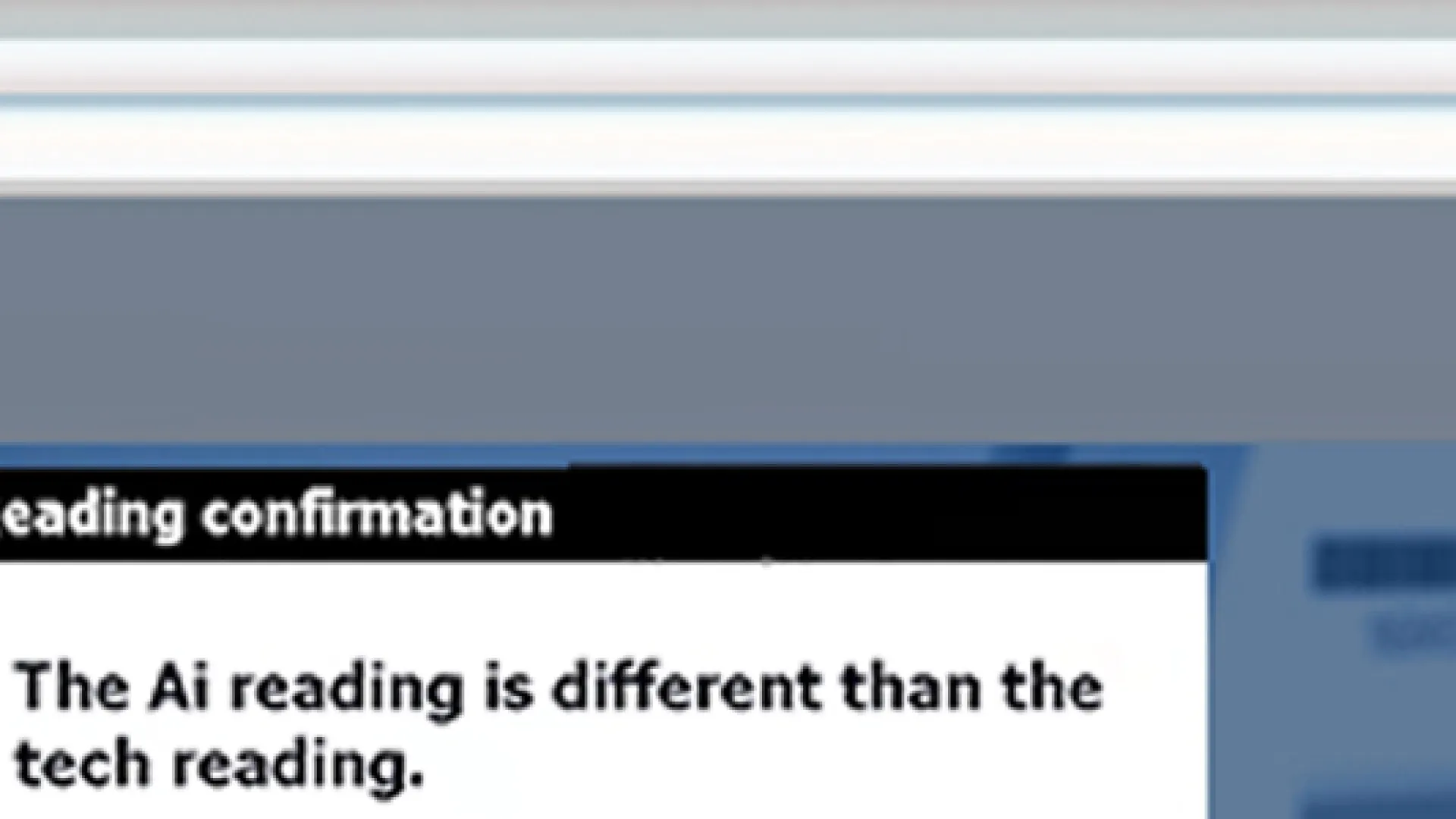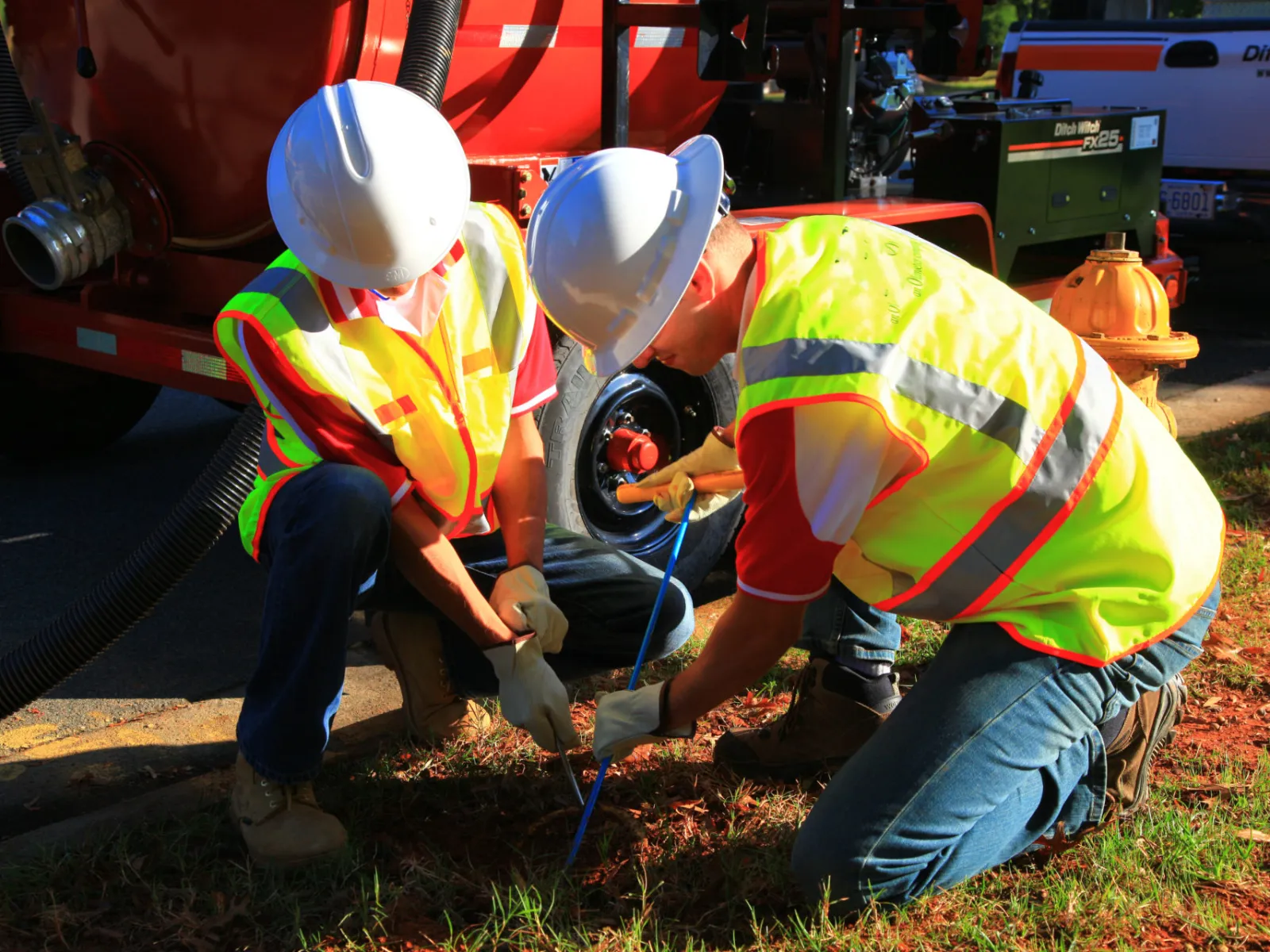
Workforce Management
Olameter’s Workforce Management System assigns work orders and dispatches personnel. It is also the front end for a series of tools designed to collect, store and correlate field data.

Manage Your Workforce with Ease
In addition to internal use, Olameter provides Workforce Management as a hosted service to our clients. Our clients benefit immediately from substantial quality, reporting, and auditability improvements, while avoiding large-scale investment and long-term commitment in hardware, software and operating costs.
The system may be deployed on a variety of tablet and handheld computers concurrently.
Assign Work Orders
The system relies on a series of service order templates that are readily adapted to the specific workflow requirements of any given utility.
Existing templates cover the following types of work:
- manual meter reads
- AMR meter reads
- mass meter installs
- disconnect / reconnect
- underground locates
- gas leak detection
- water leak detection
- pole strength tests
- pole joint-use audits
- valve box cleanouts
- standpipe repairs
It can be used to monitor the following:
- time and materials
- work site safety and security
- track progress
- service order management
- site inspections